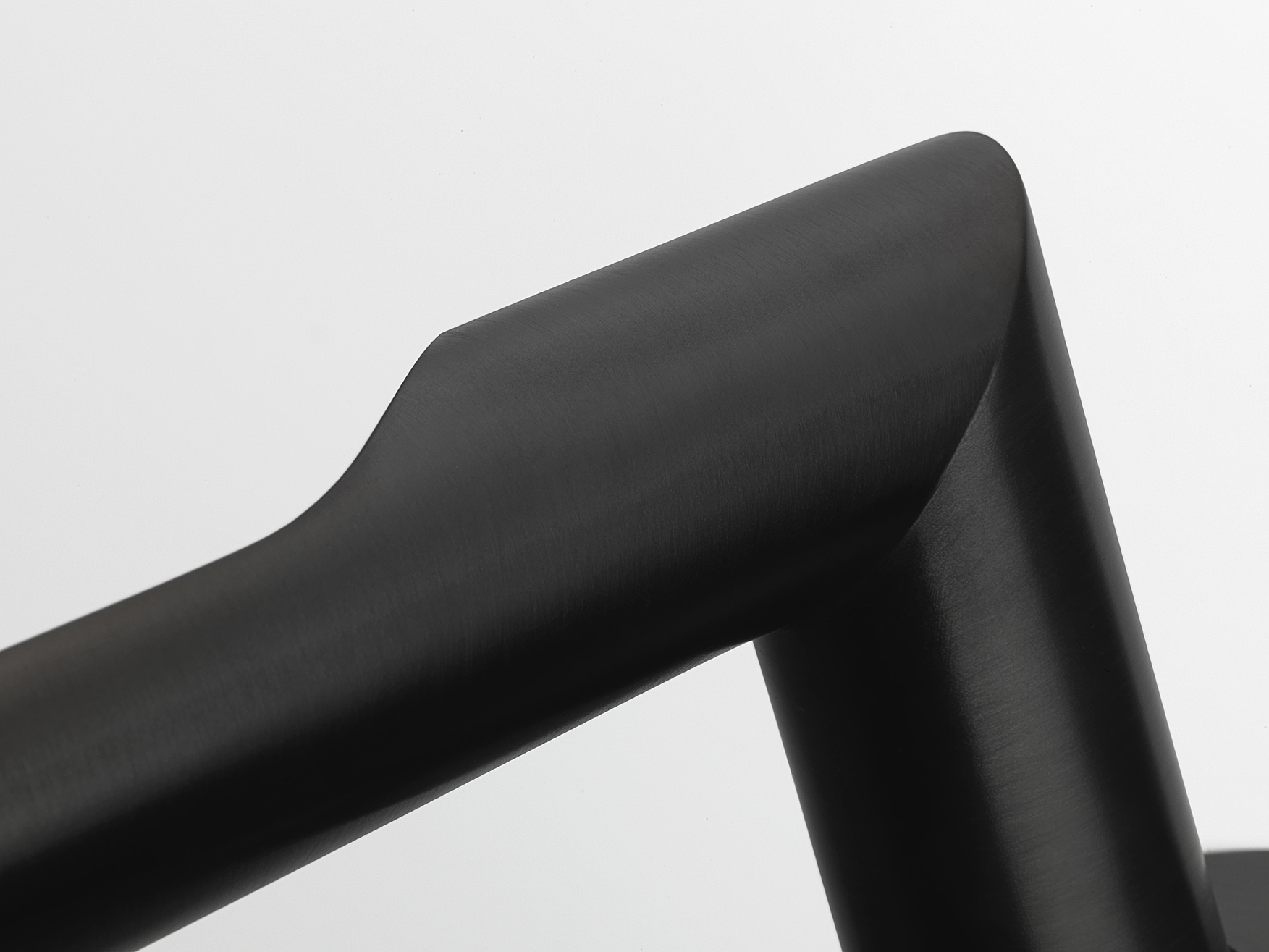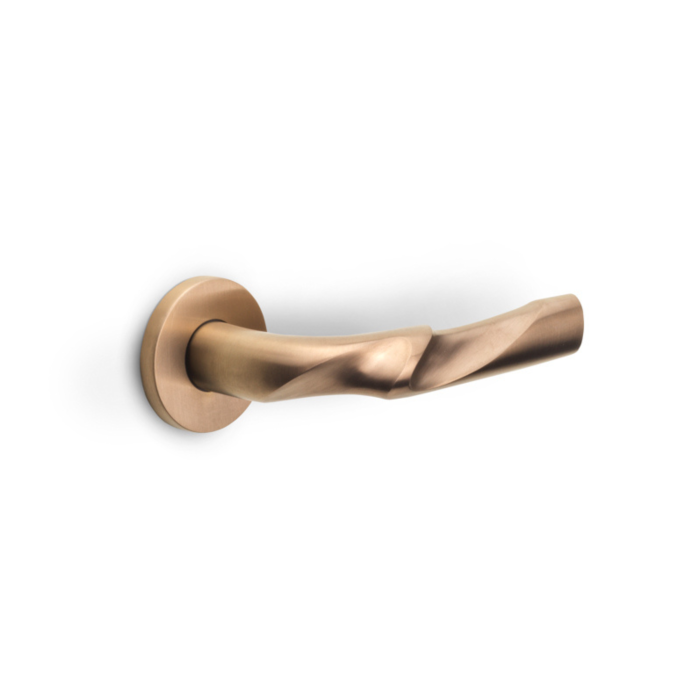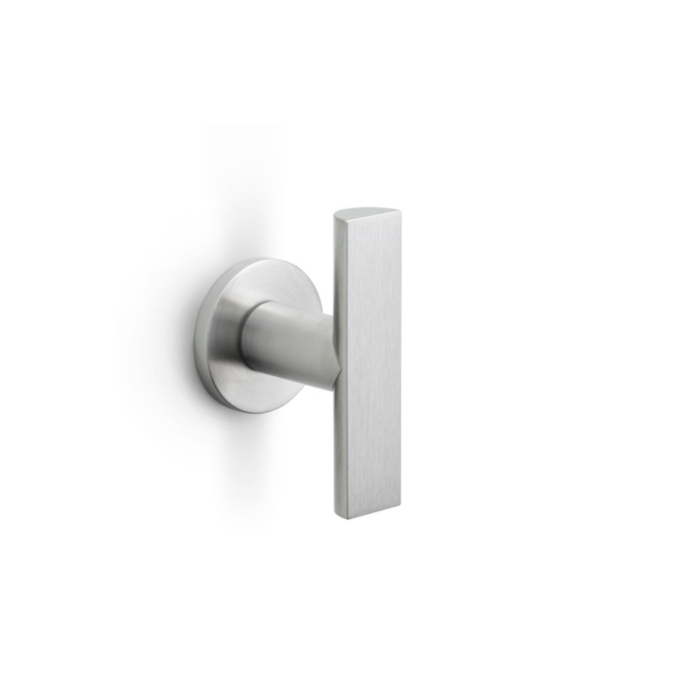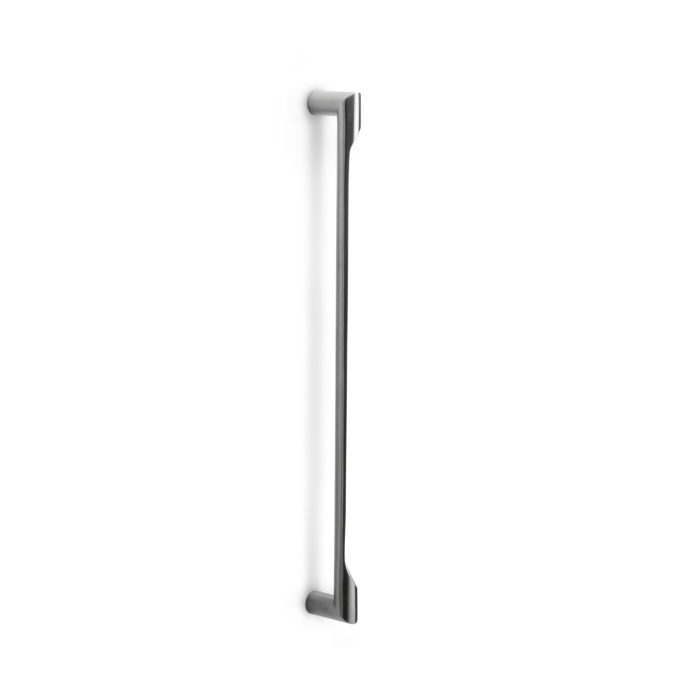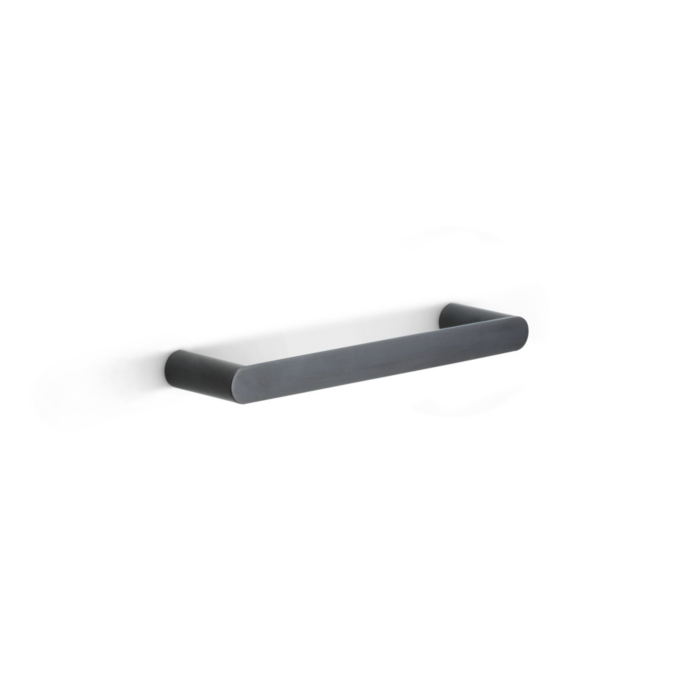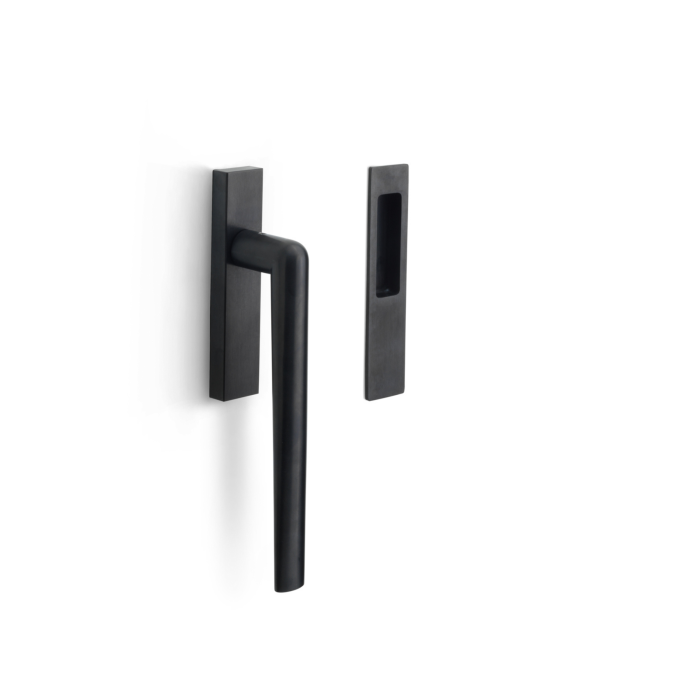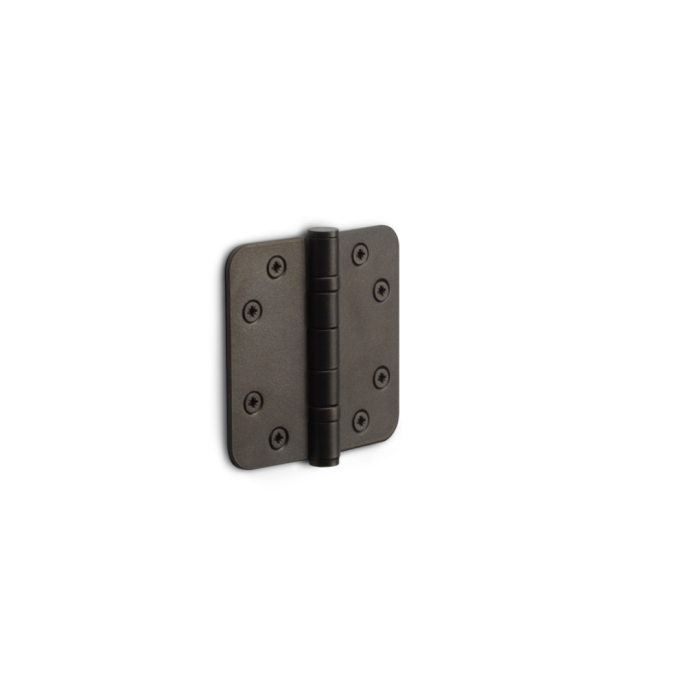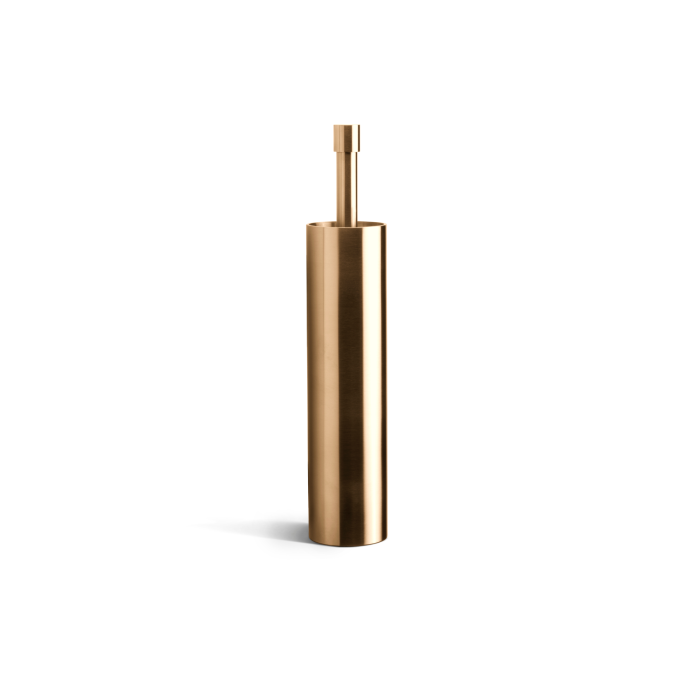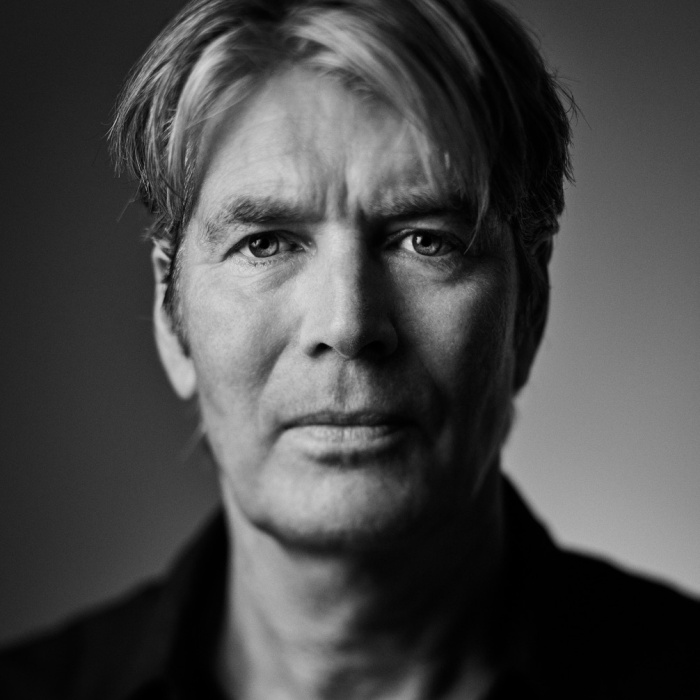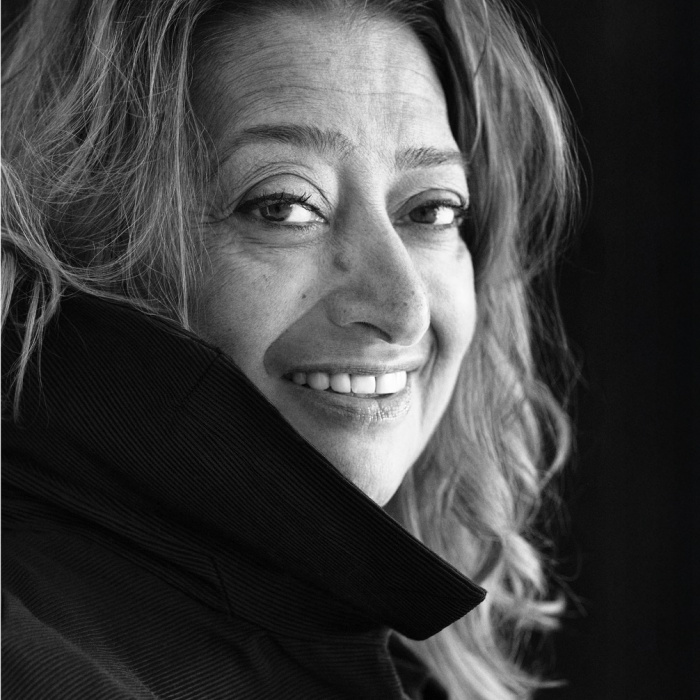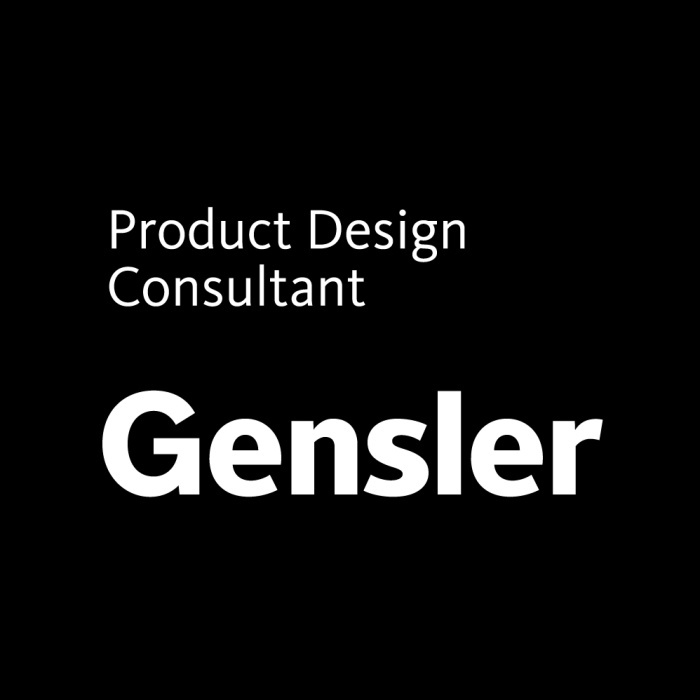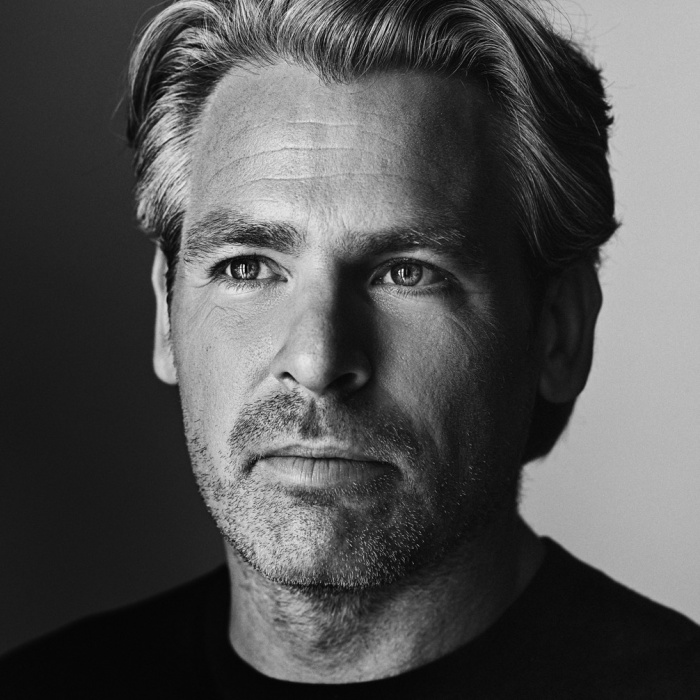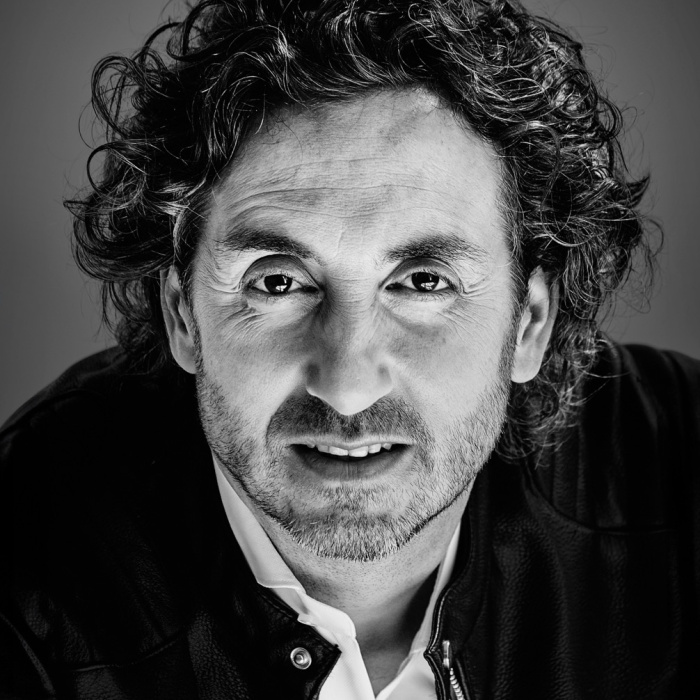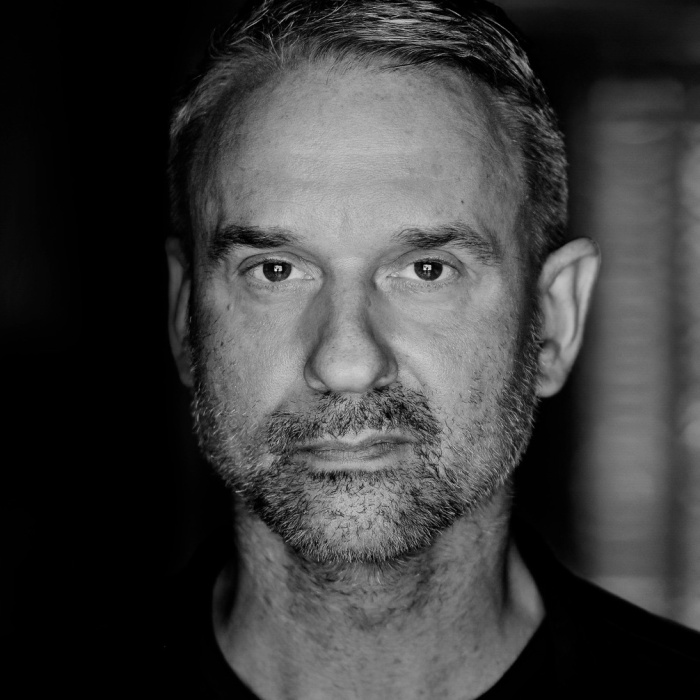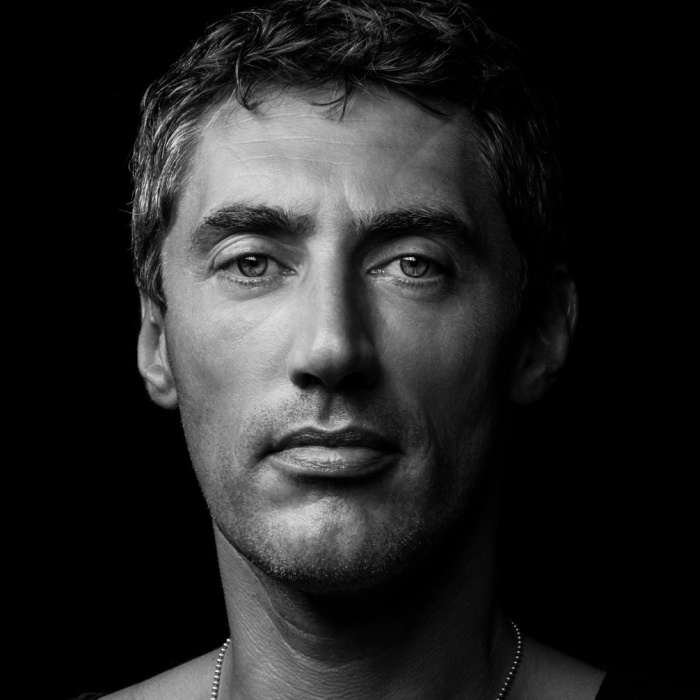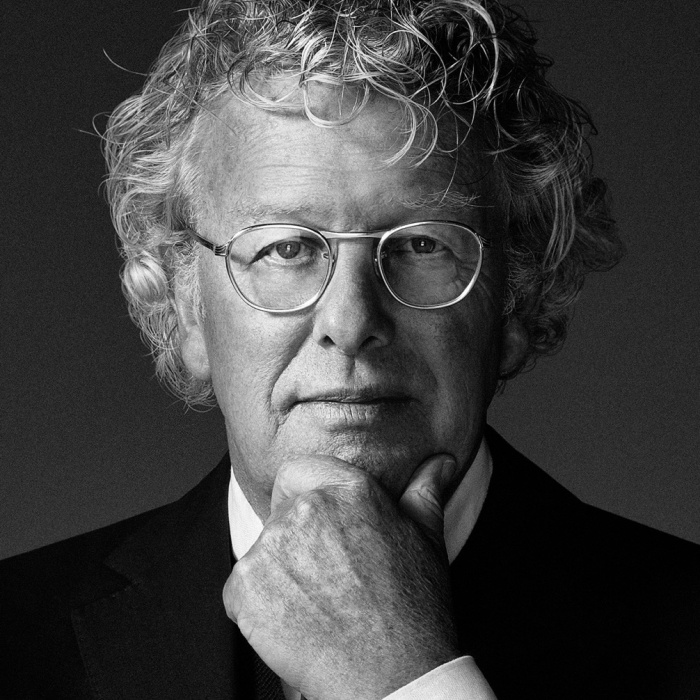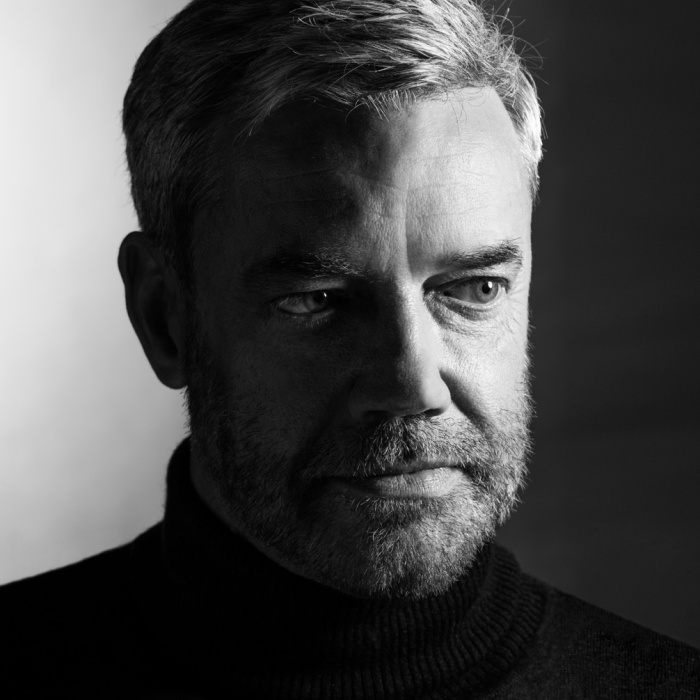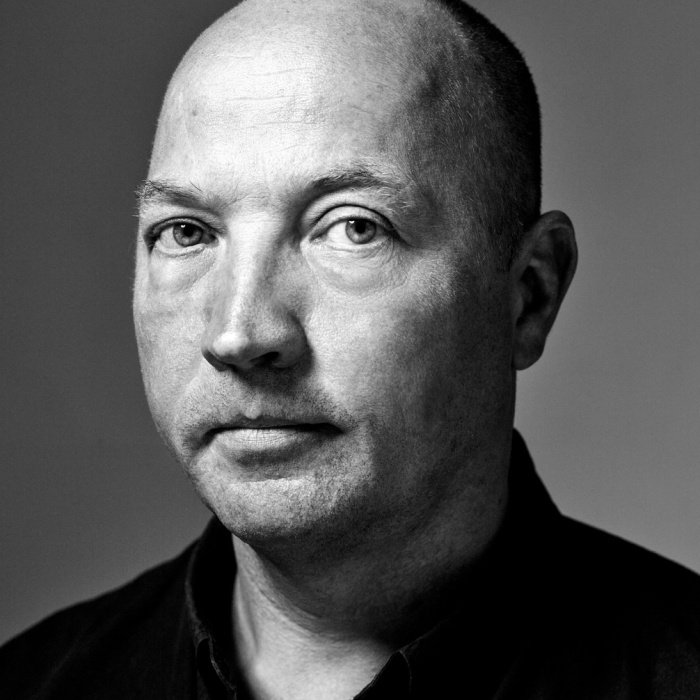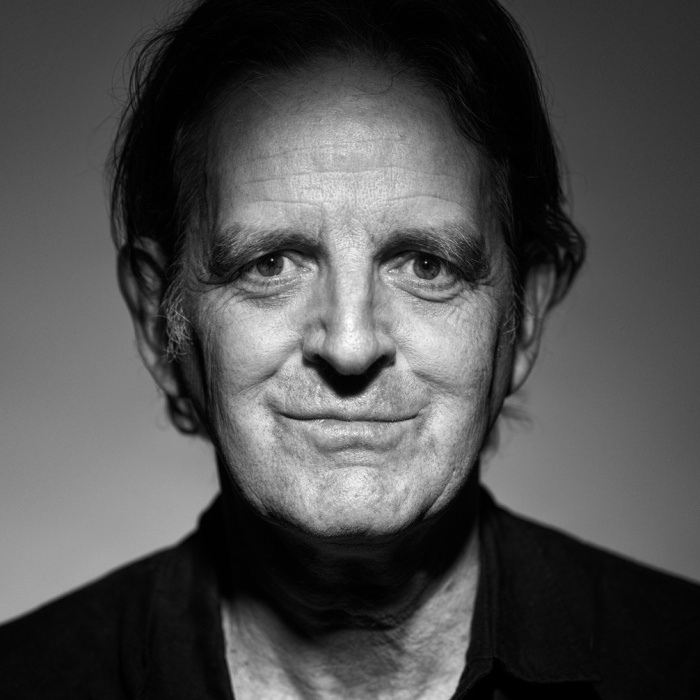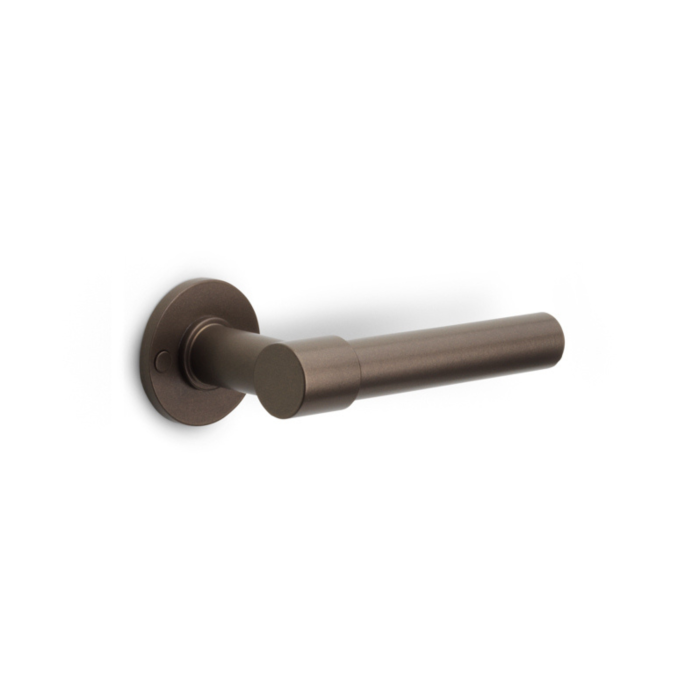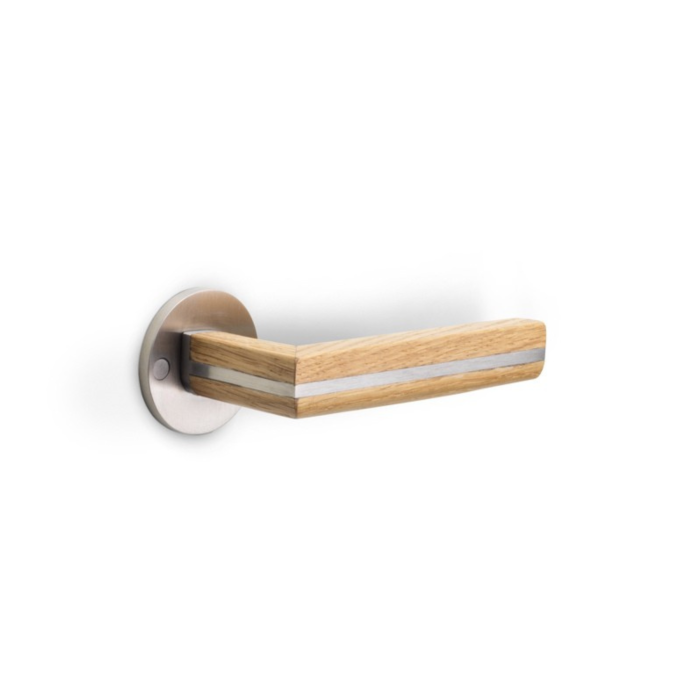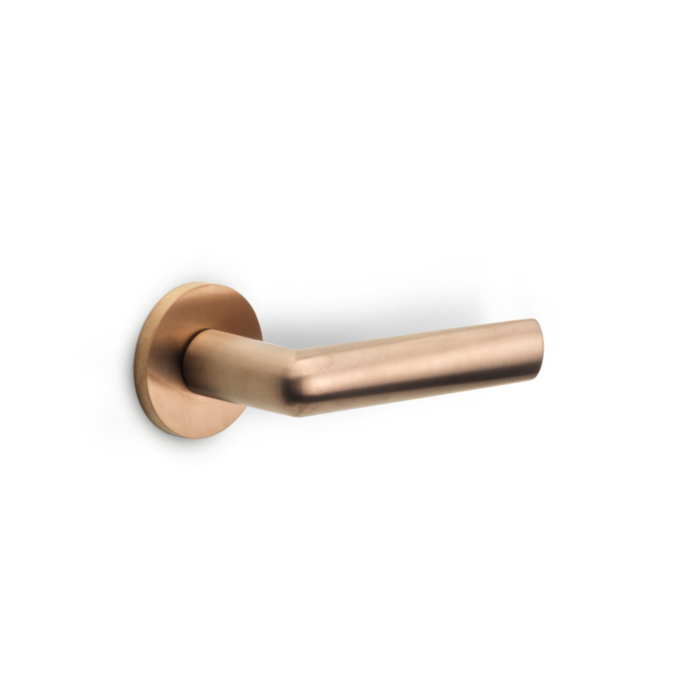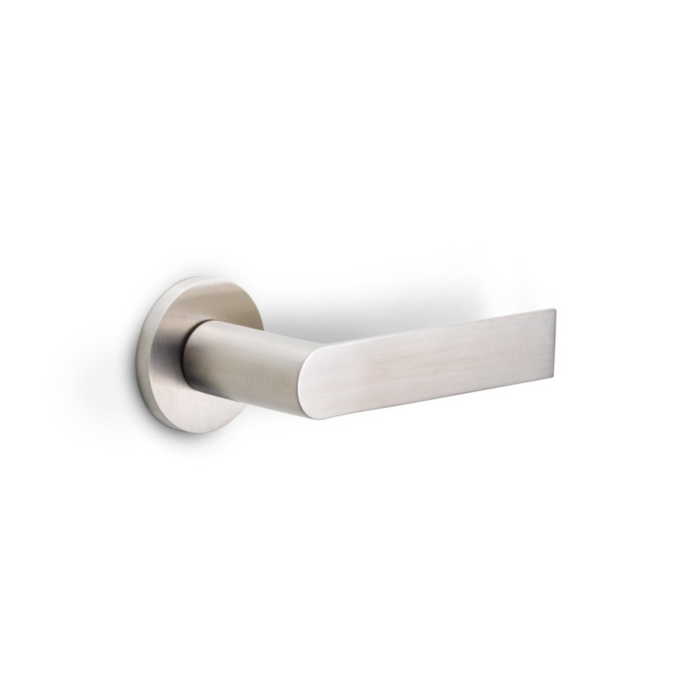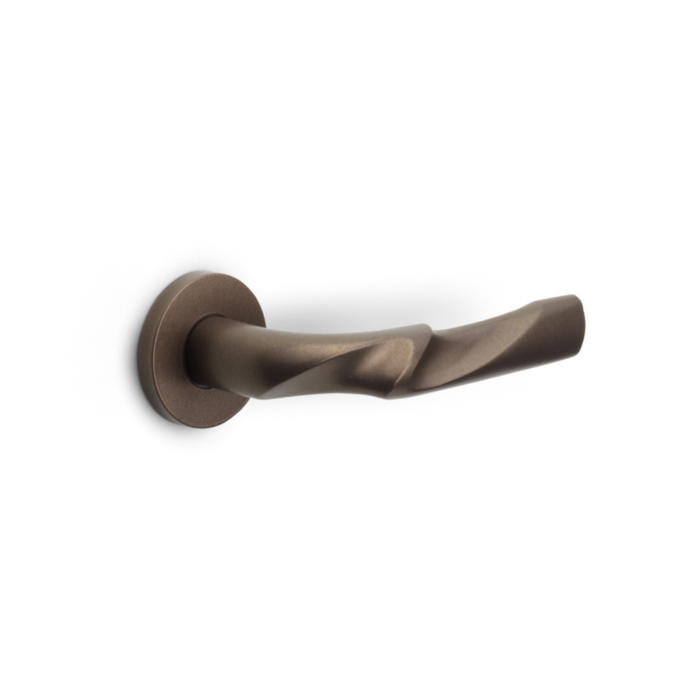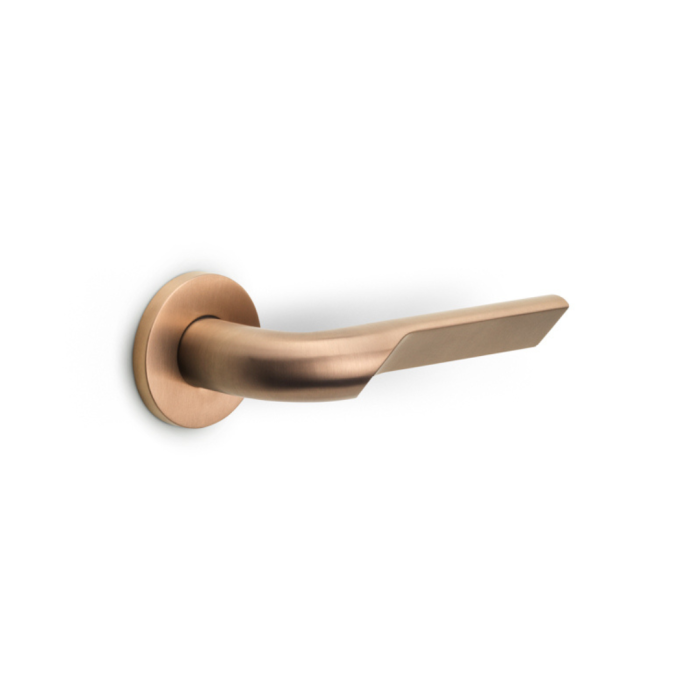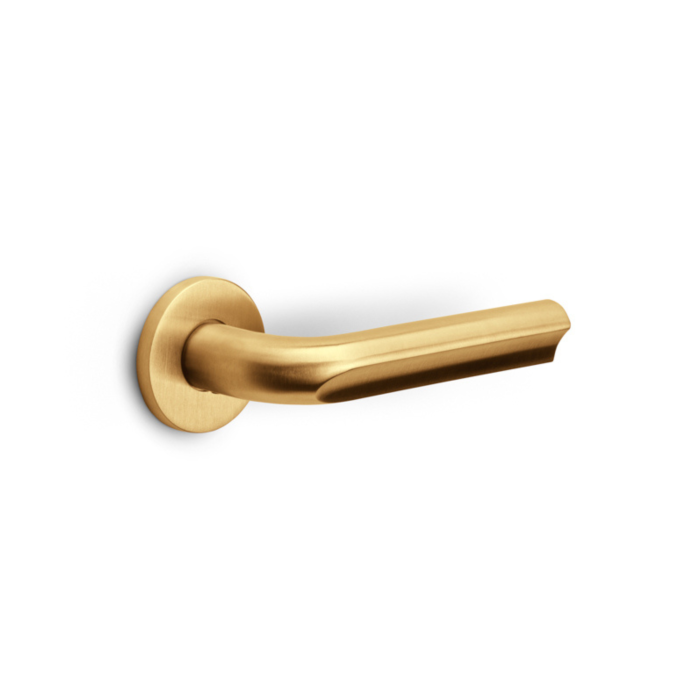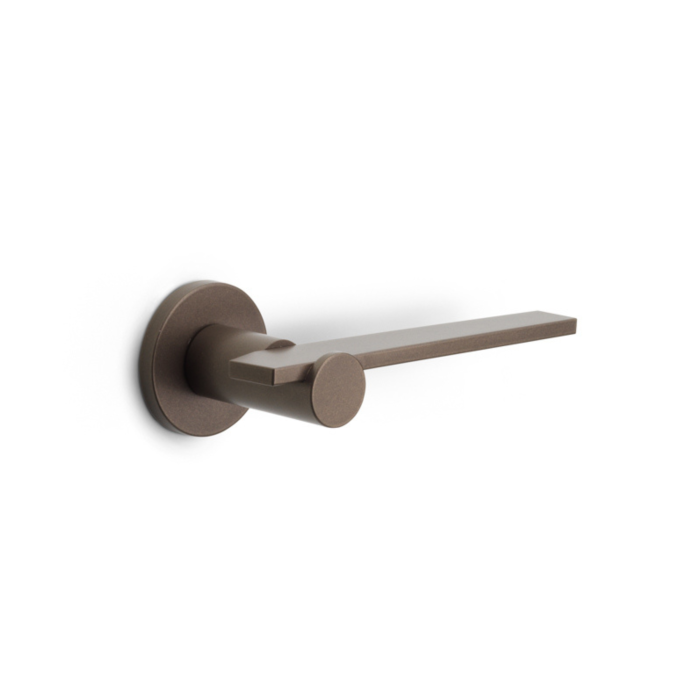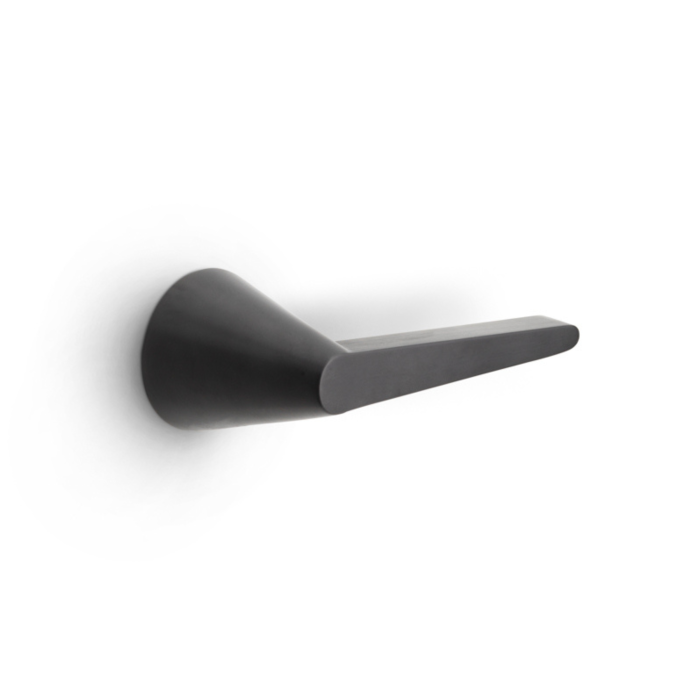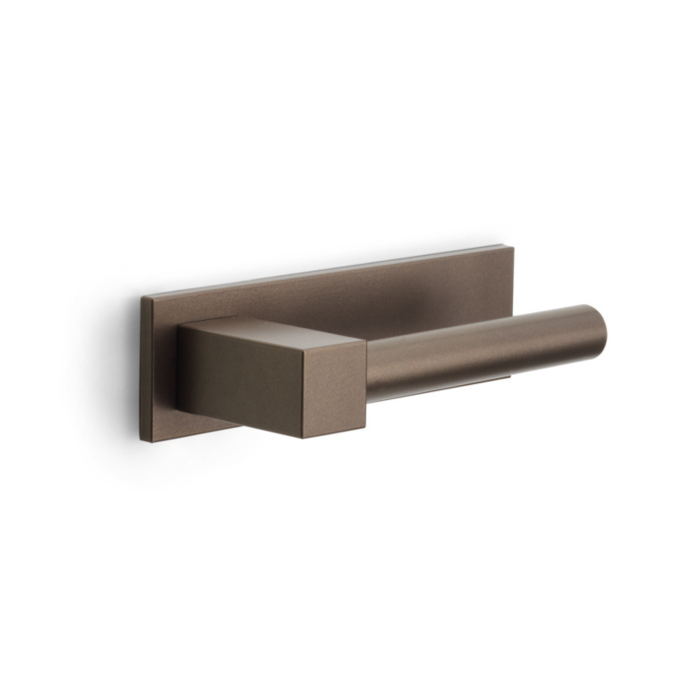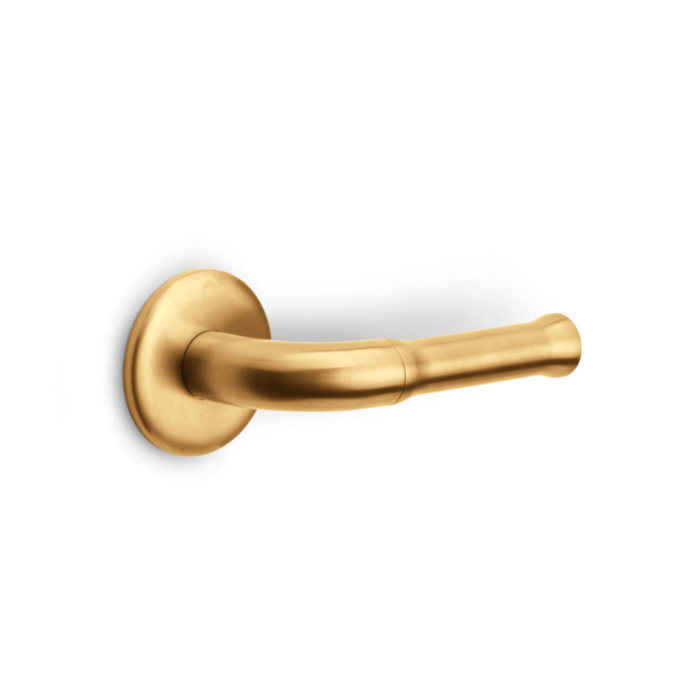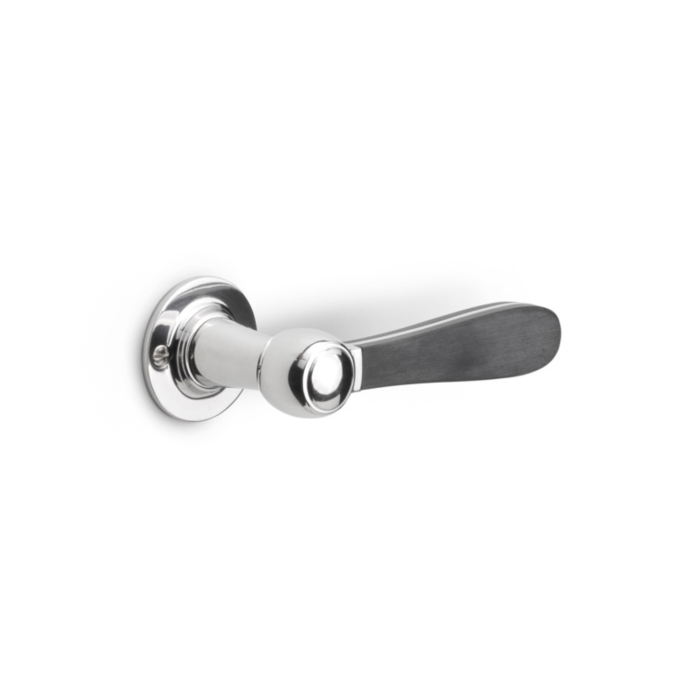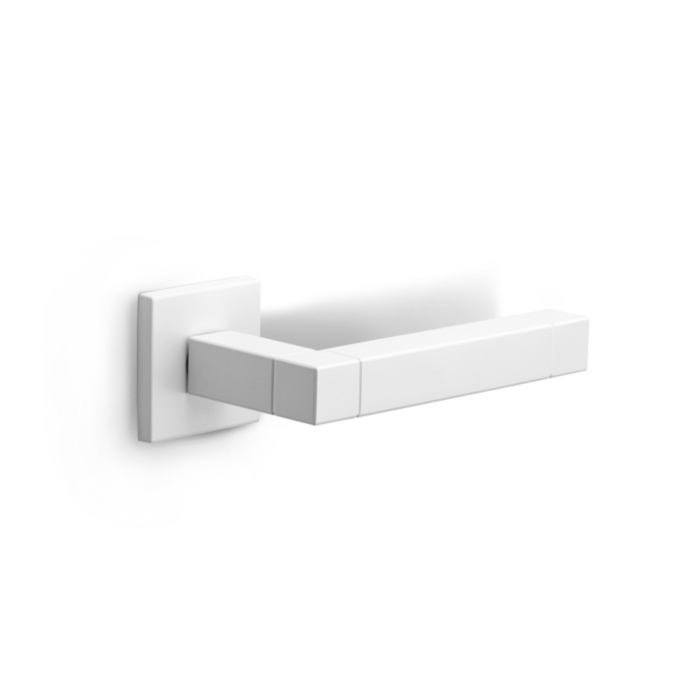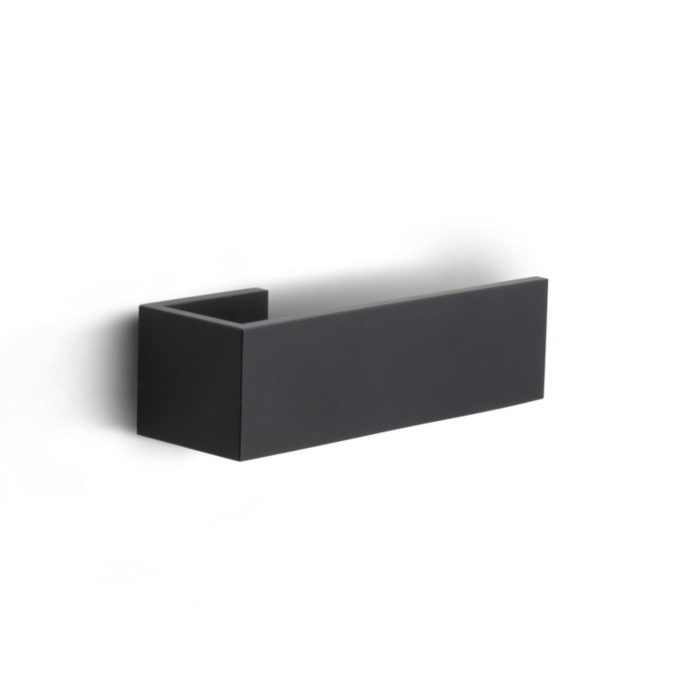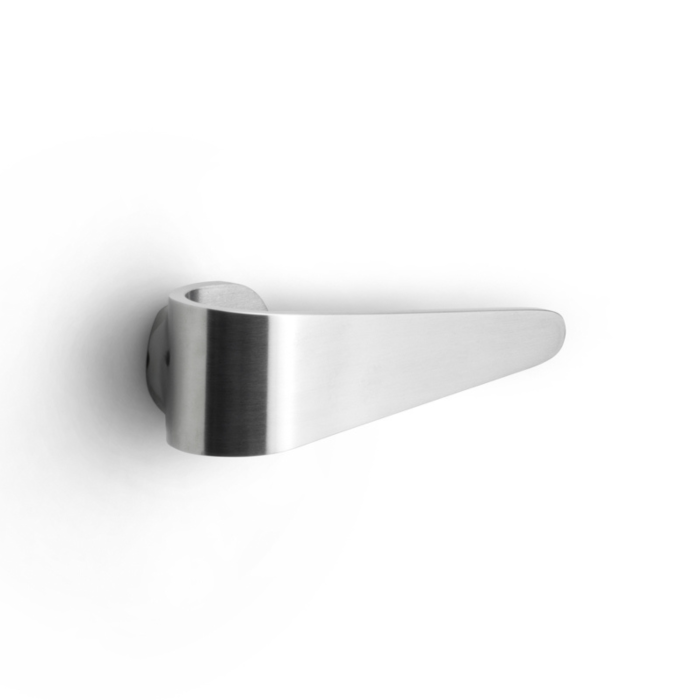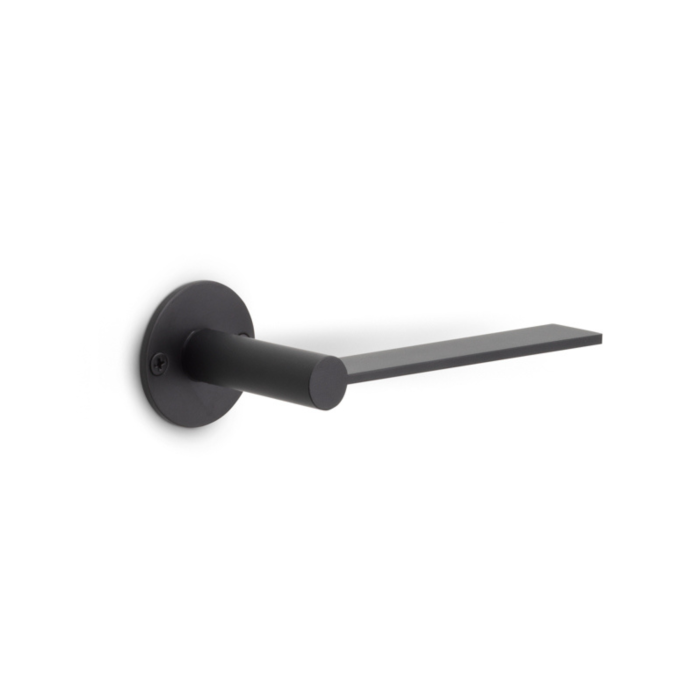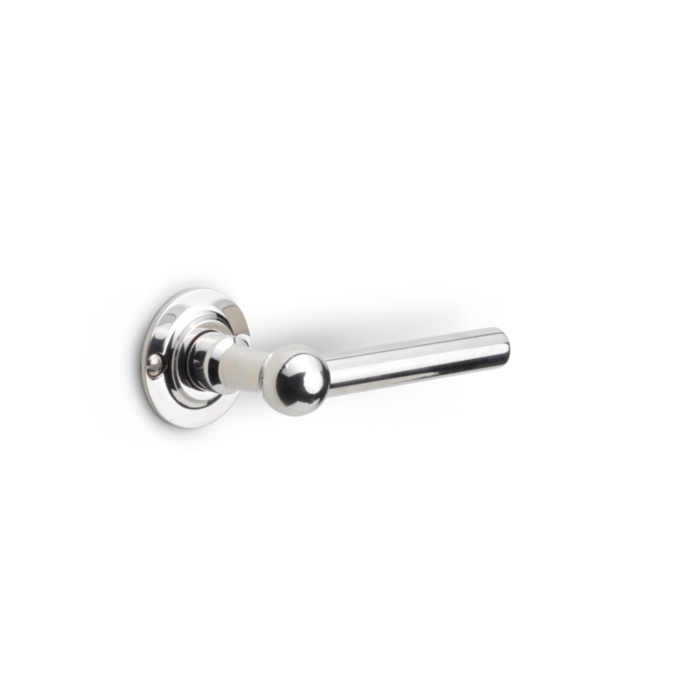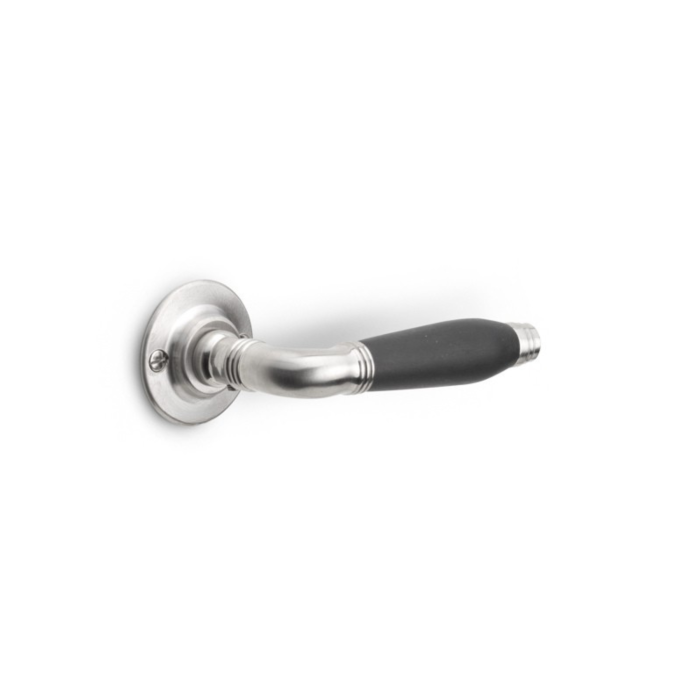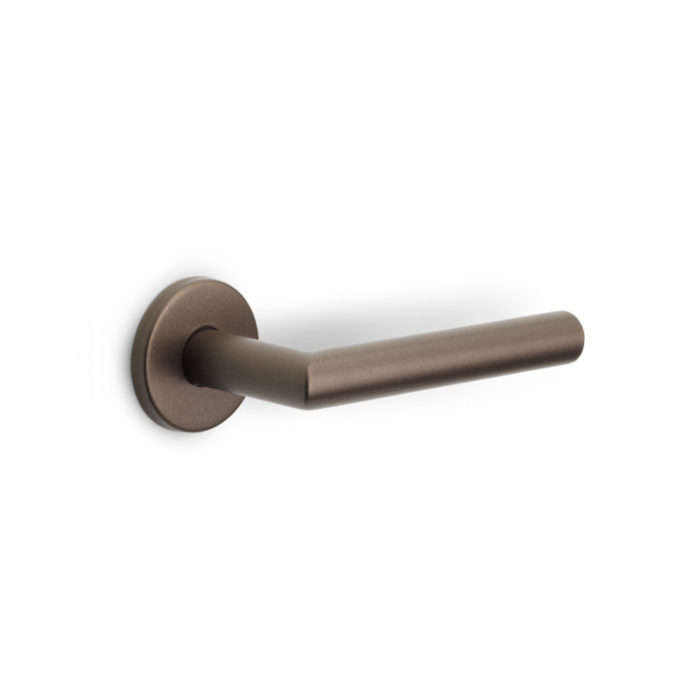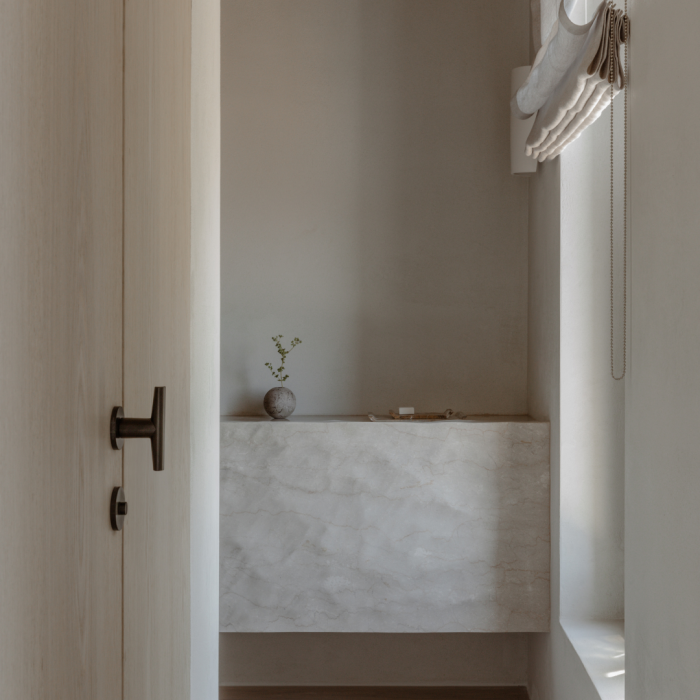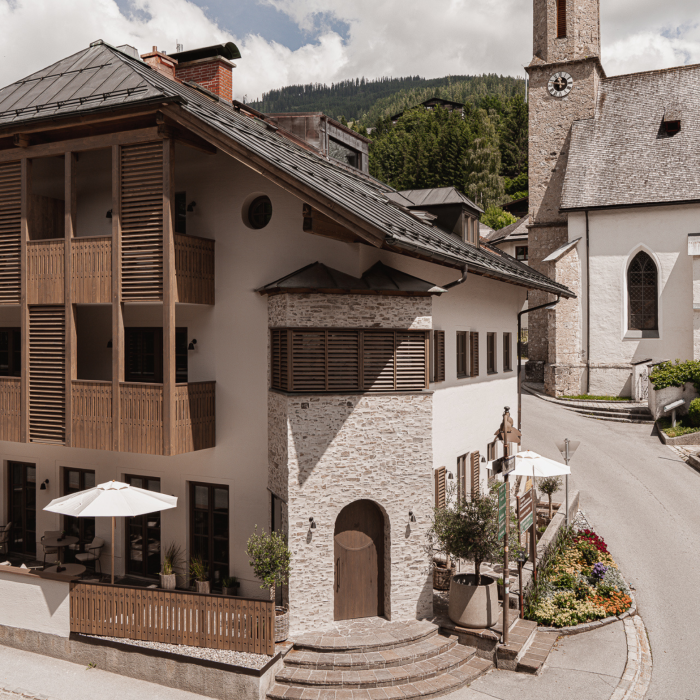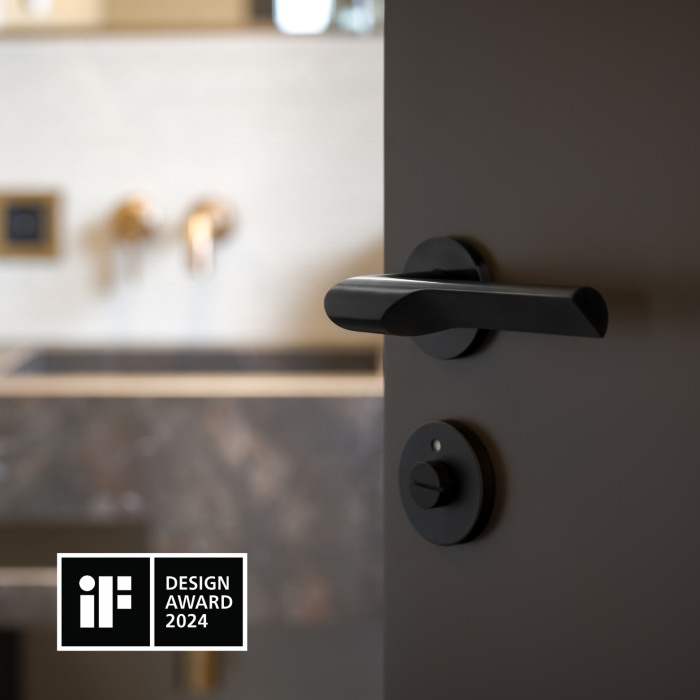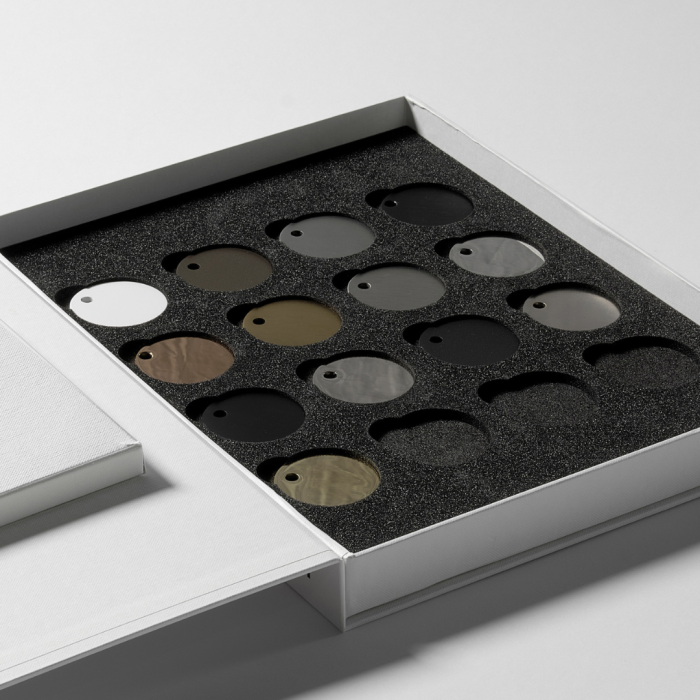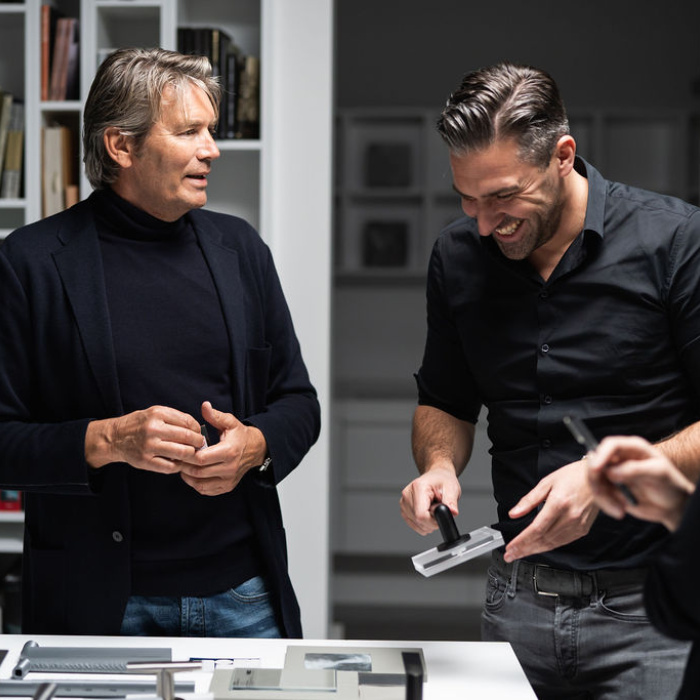Personality-driven spaces through material layering
Studio Piet Boon on shaping characterful interiors
What makes an interior truly personal? At FORMANI, we see every day how material choices—ranging from softly brushed wood textures to subtly shimmering PVD finishes—contribute to spaces that not only look beautiful but feel meaningful. In our exploration of the power of material layering, we spoke with Jesseca van Haneghem, Designer and Senior FF&E Specialist at Studio Piet Boon. Her work is rooted in the art of combining texture, colour, and form to create interiors that reflect the personality of their users.
“Materials are so much more than building blocks,” she says. “They bring atmosphere, offer comfort, and reveal who you are.”

A timeless design philosophy
Studio Piet Boon is renowned for its multidisciplinary design approach—where architecture, interior, and product design merge into a signature style defined by tranquility, balance, functionality, and refined aesthetics. According to Jesseca, materiality is an essential part of that vision. “We prefer working with natural materials that age beautifully and add tactile character. They must not only be visually compelling, but also evoke a sensory response.”
Materiality as a carrier of personality
Every project begins with listening, Jesseca explains. “We want to understand who the client is, what drives them, and how they live. That insight guides our choices in colour, texture, and objects.” This becomes the foundation for a personality-driven space—an interior that reflects the user without becoming overt. Art, specific fabrics, or locally sourced materials then subtly connect identity and place.

Layering as a design language
The translation of personality is largely achieved through material layering: the thoughtful combination of materials, textures, and finishes to bring visual and sensory depth to a space. “Materials with tactile qualities—like brushed wood, linen, natural stone, or patinated metals—add character,” she says. “They bring life, depth, and a human touch to an interior.”
In a recent project in Portugal, for example, Studio Piet Boon used local stone and weathered wood to create an atmosphere that feels both timeless and grounded in its surroundings. “When materials align with both the setting and the user, authenticity naturally follows.”
The balance between contrast and harmony
The power of material layering lies in finding contrast without losing serenity. “A rough travertine floor beside a polished marble countertop. Or a matte wall paired with a subtly glossy detail. These nuances bring tension and refinement,” Jesseca says.
Light plays a pivotal role—how a material catches shadow or reflects light instantly shapes the spatial experience. “A polished surface comes alive in sunlight, whereas a rough finish adds depth and quietude.”
Materials as emotional anchors
Materials largely define how a space is experienced. “Wood offers warmth, linen brings calm, marble exudes elegance,” Jesseca notes. “Even acoustics are influenced by material choices. What we feel, hear, and see all come together to form the interior experience.”
Though intuition is part of the process, each project starts with its context. A holiday home requires different choices than a hotel. Aesthetics, comfort, regulations, and intensity of use must all align.
Finishes elevate those decisions. “A matte surface feels understated. A patina tells the story of time. By consciously combining these nuances, you bring personality into the design in a tangible way.”


The power of details: architectural hardware
Door and furniture hardware is considered early in the design process. “We look for pieces that complement the material palette and offer something extra on a tactile level,” Jesseca explains. Especially in minimalist interiors, subtlety is key—refined forms and high-end finishes elevate the space without overpowering it visually.
This is where the FORMANI collections seamlessly integrate. Finishes like PVD satin black or light bronze become a refined extension of natural materials, enriching the interplay of textures while supporting the overall composition—without taking centre stage.
Warmth, depth, and sustainability
According to Jesseca, there is a clear shift in high-end interiors toward warmth and tactility. “We see more earthy tones—terra, sand, taupe—combined with wood, natural stone, and lime-based finishes.” Sustainability is also increasingly embedded into the design process. “We’ve worked with suppliers offering natural and recycled materials for years. What was once distinctive has now become the standard.”

And finally: the power of listening
For designers who want to add more character and depth to their work, Jesseca offers one clear piece of advice: “Start by listening. Discover the person behind the project. What brings comfort? What energises them? Every project is unique—our process often begins with material boards exploring different colour and texture lines, as a visual starting point.”
The essence? “Dare to refine. It’s not about adding more—it’s about choosing better. By exploring the tension between rough and smooth, matte and glossy, hard and soft, you create an interior that truly resonates.”
Want to explore more of Studio Piet Boon’s approach?
The perfect color and material palette
The importance of materials in interior design
The art of a cozy interior


